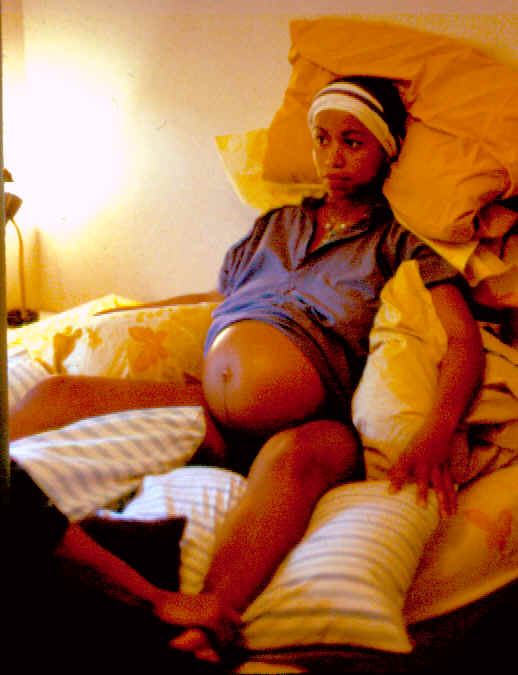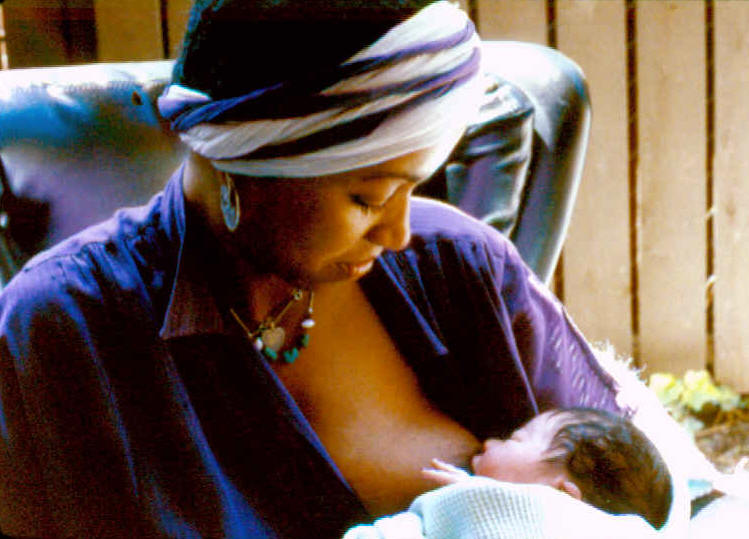Brief
Excerpt from this article, page 935 & 936,
In
Europe
, better perinatal outcomes are achieved with lower cesarean rates
and less spending on health care. In those countries, midwives manage most
low-risk pregnancies, with obstetricians acting as consultants. How did
procedure-oriented specialists (referring to obstetricians) come
to perform midwifery and well-woman care in the
US
?
Although trained
midwives provide safe obstetrics care, with lower cesareans sections rates,
they attend only 7% of births in the
US
– working mostly in environment where they don’t complete economically
with doctors.
In truth the average obstetrician-gynecologist compares poorly
to the family practitioner in the breadth of her training for
primary care, and there is little office obstetrics and gynecology that
cannot be performed competently by midlevel
practitioners. In teaching hospitals, the reduced work schedule of
residents is creating service needs that can only be addressed by
in-hospital personnel.
Because, by training and inclination, obstetricians spend little time
and support during labor – why not phase
out the generalist (non-perinatologist OBs) altogether?
A
self-regulated
midwifery profession, working in collaborative practice with consulting
perinatologists, would appear to provide a better model for *obstetric care
[*actually midwifery care in the historical sense of
the term i.e., non surgical maternity care to healthy
women]
click
here to read conclusion of excerpt




